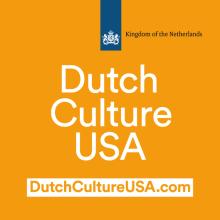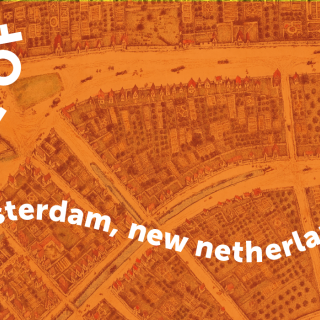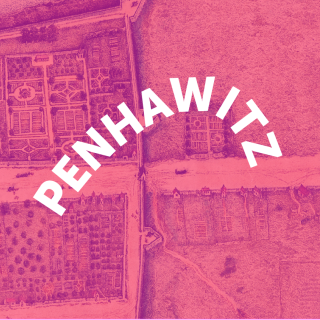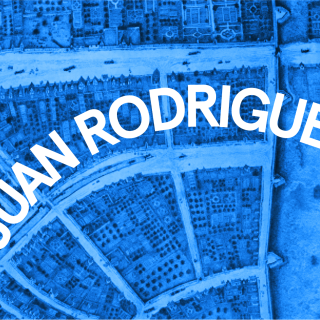Tom Weterings
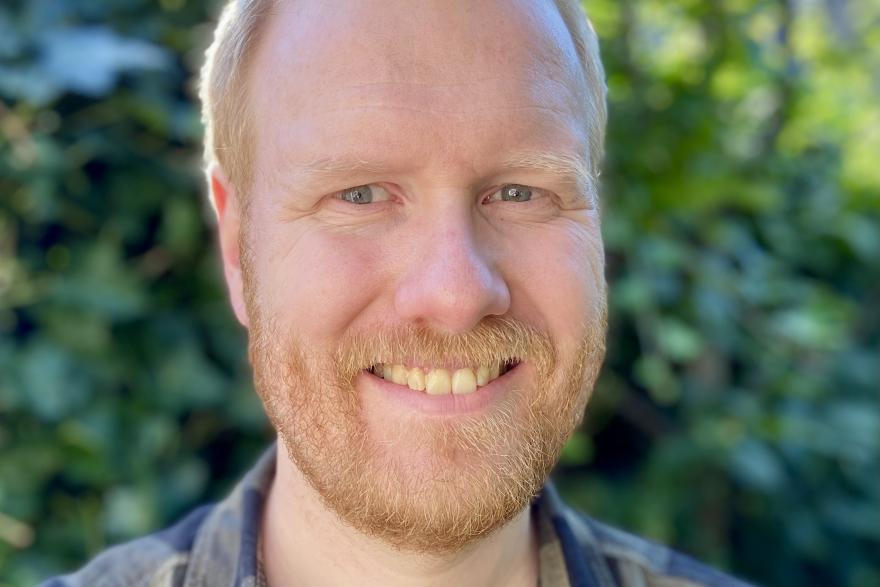
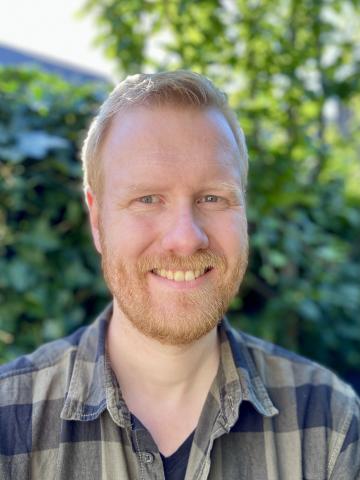
Tom Weterings was born in the Netherlands and studied History at Leiden University and Dutch Studies at the University of Amsterdam. Originally focusing on the Middle Ages, he became interested in Dutch 17th-century colonial history, working mainly on transcription and translation of original Middle Dutch texts from the period. He published several articles on early Dutch colonists in Suriname, based on their letters found in the “Sailing Letters” collection of the British National Archives; worked on transcribing the Memorandum Book of Anthony de Hooges, administrator of the patroonship (manor) of Rensselaerswyck in what is now Albany County, New York, and participated in the research on Juan Rodriguez (“Jan Rodrigues”), first non-native inhabitant of the NYC area. No longer actively working as a researcher, Tom has spent the last decade working in the academic publishing sector, first as an editor and later as technology specialist.
How does Juan Rodriguez show up in the archives? How do you trace the story of an individual through differing sources?
There are unfortunately only two records making mention of Juan Rodriguez. Both are notarial documents consisting of official depositions made to a notary by various members of the Dutch ships’ crews upon their return to Amsterdam. These depositions were made at the request of the crewmen’s captains to testify to their role in the trade in New Netherland and to further defend their rights therein. Juan Rodriguez specifically appears in these documents because he played an important role in the Dutch ships’ trade dealings in New Netherland, and laying out his involvement was integral to the case these captains were making. It is quite common for legal documents (such as these official depositions) to be our only historical source for happening from the 17th century. Writing things down was a lot less common than it is now – quite often the only reason to put something in writing was to have legal documentation. While literacy was comparatively high in the 17th century Netherlands, most people could not read and write, which would doubtlessly be true for most sailors (who were quite often also not Dutch themselves). In general, this means that legal documents make up most available sources for this period – both for the trans-Atlantic trade but also for other matters. On top of that, legal documentation was often meticulously archived and therefore saved (and so still exists), while less formal written documents (like letters or diaries) have unfortunately often been lost over the centuries, either having been destroyed or are quite simply very hard to identify, while legal documentation is often well-indexed. The two notarial documents mentioning Juan Rodriguez are indeed well preserved. The documents of this particular notary, Jan Franssen Bruijningh, were eventually inherited by the City Archive of Amsterdam and were digitized a number of years ago.
Due to the nature of these sources, tracing individuals is an arduous task and requires lots of reading through such archives. It is in many ways akin to detective work – finding names, places, and moments that you can connect to create an increasingly complete picture of what might have happened. Because the sources are legal depositions, they are detailed and specific, which is of course a great advantage. But in other cases, you might only find things mentioned in passing. Some descriptions might still allow you to connect the dots instead of directly naming people and events – but in other cases it is simply impossible to say for sure what might have occurred, and you are left with speculation. Such is the case for Juan Rodriguez – as far as what has been found so far, he is not mentioned in any documents after 1614, so we do not know anything about the rest of his life.
What was your role in the Dominican Studies Institute’s research on Juan Rodriguez’ origins?
The Dominican Studies Institute at the City University of New York had identified Juan Rodriguez as essentially the first non-native inhabitant of what is now New York City based on what was written by historian Simon Hart in The Prehistory of the New Netherland Company (Amsterdam, 1959). Hart had provided translations of the two documents that identify Rodriguez in his book. However, the original documents had not been reviewed since Hart’s original translation, with all further mentions of Rodriguez in literature being based on Hart’s writing.
Professor Anthony Stevens-Acevedo of the CUNY Dominican Institute identified this as a gap in knowledge on the very first immigrant into what would be New York; someone who came from what is now the Dominican Republic. A new review of the original documents was asked for, which led them to the location of the original documents, which is in Amsterdam. At that time, I was a recent graduate of the University of Amsterdam. They first reached out to my old professor, Frans Blom, who then contacted me to find the documents and provide a Dutch transcript and new English translation to support their research on this very interesting individual. As a Dutch native, having studied medieval and then 17th-century Dutch history in Leiden and Amsterdam, I had a lot of experience with reading and transcribing Middle Dutch – previously I had worked on letters from Dutch settlers in 17th-century Suriname, for example.
I was very interested in cooperating on what was then for me a largely new topic. Finding the original documents themselves proved easy, as they had shortly before been digitized by the Amsterdam City Archives along with the remainder of the notarial archives. Using high-resolution photos of the documents on my computer, I could zoom in or increase contrast to make sure I could see the text as clearly as possible – allowing me to even see where the text might have faded a bit – and put on the same screen next to a text processor transcribe the texts letter by letter, word by word. This still proved to be challenging, but in the end doable, because what had been preserved appeared to be drafts of the statements instead of the final versions, meaning that the writing and layout was very sloppy and difficult to read at certain points. Even so, these are all part of the beauty of working with primary sources and I like to do this work as a historian to share these stories with others.
In your role as a historian, you are often translating from Middle Dutch to contemporary Dutch language. What are some of the challenges of working with documents where people are writing and using language that is no longer today?
While in certain ways 17th-century Dutch sounds familiar to modern Dutch speakers like myself, the language appears very archaic. Words have since fallen out of use or changed meaning (sometimes subtly, sometimes wholesale), spelling was often very different than now and mostly not standardized, with in particular spelling of names often differing from document to document. Next to that, written Middle Dutch makes use of lots of abbreviations. Though less prevalent than in for example the Middle Ages, (partial) abbreviations of very common words or parts of words (like the final “n” in many words) occur very frequently, denoted by particular markings. Recognizing and being able to read these abbreviations is therefore a significant part of reading Middle Dutch. This is something I have learned from experience by doing transcriptions myself as well as looking at the experiences of others. Tools exist to help decipher what is written – from databases on recognizing letters (which have a form recognizant of current cursive script but can also differ considerably) to Middle Dutch dictionaries. These dictionaries are very much a detective tool – quite often it’s not as simple as just putting in the word and finding the meaning – as that depends on context and because spelling was not standardized. I’m often “trying out” different words and meanings to come to correct fit.
An additional challenge is posed, ironically perhaps, by the increasing literacy of the 17th-century Netherlands. In previous centuries, because so few people could read and write, most of those who did write, did so as their profession. That means their writing was often meticulously neat, and quite standardized – they would write the same words exactly the same way every time they put them to parchment. In the 17th century, with more and more people being able to write, this became increasingly a casual occupation, meaning that writing gets comparatively more sloppy (compare it to people writing today – their handwriting will pose their own challenges to an unfamiliar reader). Working on the written text from the same individual for a longer time will again help – they will of course have had certain ways of writing certain things.
In the case of the documents mentioning Juan Rodriguez, yet another challenge I encountered was that one of these documents appears to be a draft instead of the final version – it is full of strikethroughs, bits of text in the margin with marks in the main text on where to “insert” them, and numbers in the margins indicating the order of each paragraph (as presented: 1, 2, 3, 4b, 5, 4a). Meaning that I needed to do my own review of the text in order to discern what was actually meant. And because the writing itself is so sloppy, in some cases certain words were completely indiscernible – while in other cases I could only deduce their meaning from the letters I could read plus the context of the sentence.
How should we understand silences in archives? How do historians go beyond these gaps to learn about people whose voices might not have been preserved?
In contrast to today, people in the past were not constantly recorded, either in writing or otherwise. That means they will only show up in the archives if there was something remarkable to say about them – or if there was a legal or administrative reason to do so. Even then, a lot of historical records have been lost due to wars, natural disasters, fire, or even simple “cleaning”. In some cases, we find binding of old books reinforces with the parchment of even older documents, which leaves to the imagination how much might have simply been thrown away over the centuries. In other cases, we have archive inventories that have been preserved, giving us short descriptions of documents that themselves were lost to fires. Sometimes documents do still exist but are only recovered recently, having been lost in the depths of an archive somewhere – we can only imagine what else still has not been rediscovered. Finally, the documents themselves are only the pieces of the puzzle – one also must read and then identify what is in the document to determine what the content contributes to the narrative you’re trying to discern. As such, a historian’s work is never done.
When the sources provide insufficient information to fill in the gaps, we can speculate (i.e., infer, but without conclusive evidence), based on similar experiences from others in similar circumstances, based on common sense, etc. For example, it seems likely that Juan Rodriguez spent the winter of 1613-1614 (the period between the visits of the Dutch ships) in close contact with the locals, possibly even living among them, but this is not directly or indirectly mentioned anywhere in the written record. But the further removed you get from what the sources provide, the closer this becomes to complete fiction. Best practice then is to continue research and try to discern (i.e., find evidence) more from other sources – either by reinterpreting sources already reviewed – something that is being done all the time, as our insight advances continuously based on new discoveries that put earlier findings in a new light – or by mining sources previously untouched to discover if they provide new information. In the case of Juan Rodriguez, though it is not mentioned anywhere directly, we can say with certainty that he must have been able to somehow communicate with the locals (though by speaking their language, having learned them his, or some hybrid form, we cannot say), as otherwise his role as liaison for the Dutch would not have been possible.
Supporters
The People of New Amsterdam project is supported as part of the Dutch Culture USA program by the Consulate General of the Netherlands in New York.
The Frederick A.O. Schwarz Education Center is endowed by grants from The Thompson Family Foundation Fund, the F.A.O. Schwarz Family Foundation, the William Randolph Hearst Endowment, and other generous donors.
